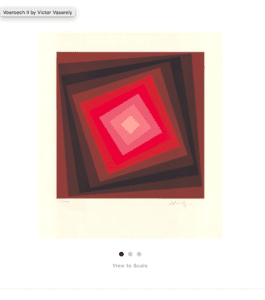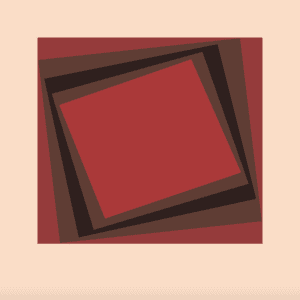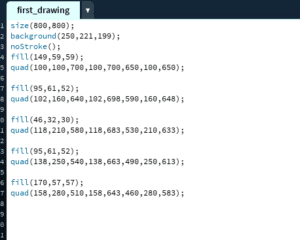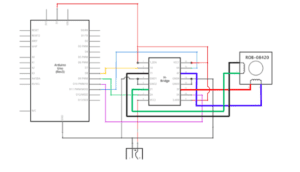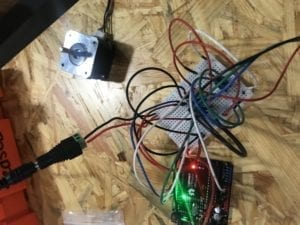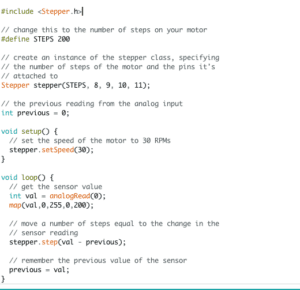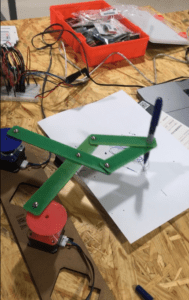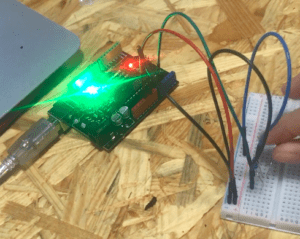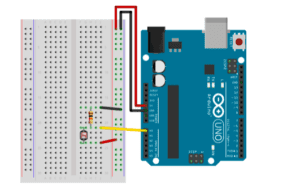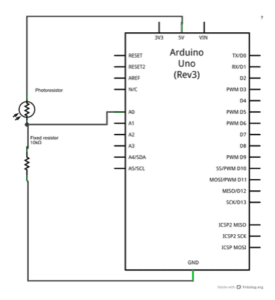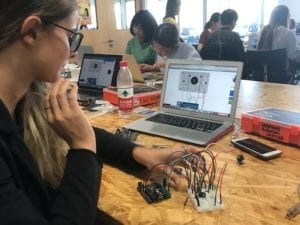Exploring Interaction Project
In my opinion, interaction is a repetitive process between two agents where a thought turns into an action with a response. It is a prolongation of our senses through means of advancing technology. As the text Introduction to Physical Computing explains: for interaction to exist, there needs to be an output, input and processing (Physical Computing, introduction XX).
The project called “Algorithmic drive” fits my definition of interactivity as the device is located in a room in front of a seat, there is a controller which interacts with the display to choose what will appear on the screen. This fits my definition of interaction as there are two agents: the controller thinks, sends a message and the display shows the response.
While “Algorithmic drive” fits my definition, the project of “Artificial Arcadia measure and adjustable landscapes” does not necessarily extend our senses like I had defined interaction. Instead it uses advancing technology to show us a probability of the change in the environment. It does not necessarily interact with us in a personal level where one agent thinks of doing something and it does it, but instead shows us something that we cannot see in the world but is happening. In such ways it gives us a larger picture of something existent.
For our own project, we first tried to collectively brainstorm on what object of our daily lives we would still need in a hundred years and how could we improve this object in an interactive form. We came up with many ideas, one of which being sources of entertainment such as movies. We talked about how many movies explores interactivity by making them in 3D, and what would happen if people could physically be projected into a movie or a video game. However since those ideas already have movies about them, we came up with making interactive video calls. Indeed as we are students who live abroad, we often try to reach out to our families, but what about actually being able to put on a headband and find ourselves in a chat room where we can see, feel, touch and smell others? In such ways this device fits my previous definition of interaction as it would solve a current issue (long distance relations) through means of progressive technology and extends all of our senses. Furthermore, this device could be more than just interactive video calls, but could also ameliorate medicine and education.
Citations
Quévillon, François. Algorithmic Drive (2019)
Algorithmic Drive – Spectacular car(au)tonomy
Fragmentin, KOSMOS architects, Artificial Arcadia (2019)
Artificial Arcadia – Measured and adjustable landscapes
Igoe Tom, O’sullivan Dan. Introduction to Physical Computing, (2004)
Physical Computing
